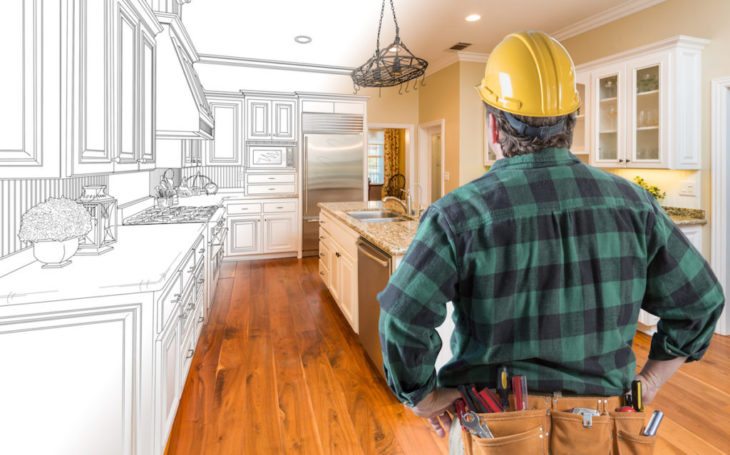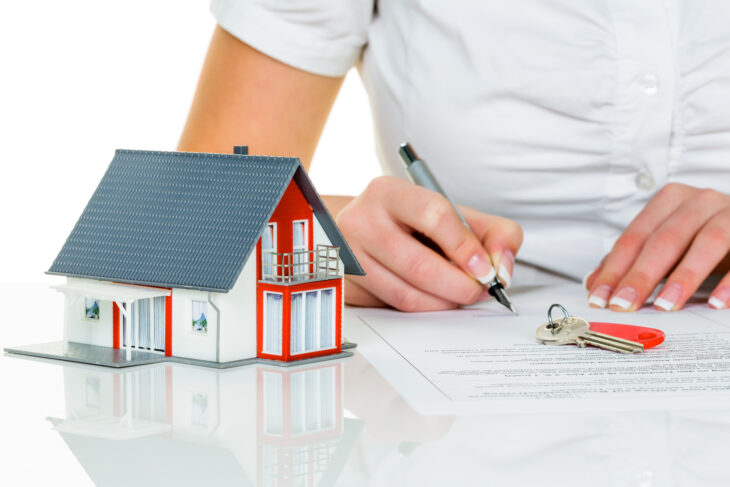House renovation is a very normal concept. However, buying old houses and renovating them completely, and reselling is a very original concept that can do wonders. It is highly satisfying to see too! This is often called “flipping houses”.
It may seem that it is an easy thing to do, but it requires a lot of hard work, skills, and brains. You can arrange it yourself too, it need not be tagged to the real estate sector. There are a lot of calculations to be done and it should be carried out thoroughly.
Contents
Advantages of Fixing Up An Old House
This increases the resell value of the house immensely. Flipping technically means buying a distressed house way below the market value, renovating it, and reselling for a higher price that gets you back profit. Despite the efforts you put in to do the repairs and spruce the interior up, it should be worth it. The resale value often depends on the location of the house, the neighborhood people, and the market. It can help you build contacts too, of maintenance workers and the buyers. Many companies help you achieve this, and cashformichiganhouses.com is one of them.

Source: HomeAdvisor.com
What are the steps to fix an old house before selling?
1. Estimate the repair value and compare
Make sure you add the market value to the repair value and see if it works you out a neat profit. The returns are important, or else this venture won’t be profitable. It is important to assess the values accurately. You would have to conduct local market research in your area, go through price trends, use historical data and check for realtor popularity too.
This gives you an idea of how much the house can be of worth. Make sure you add 20% of the costs to all the repairs to get an idea of how much to charge later.
2. Inspect the house thoroughly
Make sure there is a good and competent team that helps you inspect it thoroughly. Make sure you check all the required repairs and assess them. A qualified, competent inspector accompanying you would be a good investment and it could be done in 2-4 hours. Keep a close eye on foundation, structure, electrical rewiring, plumbing, and HVAC.
Plan even the cosmetic renovations like flooring, paints, and roofing. If it is a furnished house, make sure the furniture also is refurbished.

Source: Lewisville Foundation Repair Experts
3. Note the After Repair Value
Once you have noted down all the costs, calculate the After Repair Value to get an approximation of your costs and charges. The ARV is the price that the house would sell for considering market trends and conditions. The total costs should be lesser than the ARV for a proper investment return. You can even use the value for comparative analysis. You can even input the taxes and legal formality charges.
If you are availing of a loan from the bank, keep in mind the interest rates and loan facilities. This helps you make the most of the money you would be investing.
4. Ensure Secure Financing
It is going to be massively inconvenient if the funding stops midway. Hence, secure the funding before you start the renovation. You could either arrange the money from hard money loans which would have lesser interest rates. Banks may not give the money easily unless you show it is a profitable venture in writing.
Private sources are also reliable but consult lawyers before moving forward with this venture.

Source: thespruce
5. Negotiate with the Seller
This is an often overlooked step but quite important as you can get good deals here. Include legal fees while negotiating properly such that it is a good deal for you too. Renovation isn’t easy and clients generally prefer good cash. Hence, this discussion would suit both parties properly. Expect counteroffers and thorough arguments, however, some clients might agree easily. Do not neglect this step, as you are buying the house as it is a good deal for it is important.
6. Renovate
This again requires careful planning and strategies. Make sure you do it step-wise and with good materials and teams. The plumbing, rewiring, and other integrated systems should be thoroughly examined and repaired. Make sure the house is given a trendy touch which should be attractive. It should also suit the neighborhood’s looks.
The lawns and gardens should be maintained by mowing, the trees, if any, should be pruned well and the roofs should be repaired. Make sure the quality of the materials used is good and economical. Go with the needs of the market as a

Source: Twugi
reference.
7. Find a Buyer
This is relatively easy as there are various websites, social media, etc. where you can advertise the house. The deal would be better than other options in the market due to its unconventional way of renovation. Post a price 20% more than the original price that you have decided so you can offer attractive discounts or sales. This is a marketing gimmick that can work. Many people show before-after pictures to show what a great deal has been offered to the buyer.
Is it worth fixing old houses before selling?
Well, it is relative. You cannot make hasty decisions and calculations if you are expecting a profit in return. If planned well, with all the financial aspects and strategies down pat, then it can be very favorable.
Make sure you incorporate the aspects of the neighborhood and markets. Keeping up with interior decor trends would also boost your marketing. Hence, this can be a profitable venture for sure, if done carefully. Many companies handle this well, you can either buy or sell your houses instantly to them.

Source: carealtytraining.com
Summing It Up
The renovation of houses has always been a fascinating concept and people can make profits out of buying old houses and renovating them. This is quite alluring to buyers who want to get good deals. The sellers often can make a good profit despite all the thorough efforts they put into renovating old and dilapidated houses. Hence, this is a great concept and it totally would be worth fixing houses well to get good returns.
